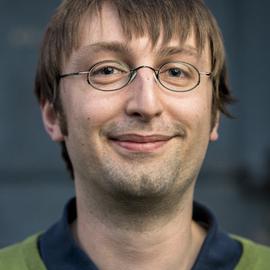There is no evidence that meaning maps capture semantic information relevant to gaze guidance: Reply to Henderson, Hayes, Peacock, and Rehrig (2021)
Marek A Pedziwiatr,
Matthias Kümmerer,
Thomas SA Wallis,
Matthias Bethge,
Christoph Teufel
September, 2021
Abstract
The concerns raised by Henderson, Hayes, Peacock, and Rehrig (2021) are based on misconceptions of our work. We show that Meaning Maps (MMs) do not predict gaze guidance better than a state-of-the-art saliency model that is based on semantically-neutral, high-level features. We argue that there is therefore no evidence to date that MMs index anything beyond these features. Furthermore, we show that although alterations in meaning cause changes in gaze guidance, MMs fail to capture these alterations. We agree that semantic information is important in the guidance of eye-movements, but the contribution of MMs for understanding its role remains elusive.

Matthias Kümmerer
Postdoc
I’m interested in understanding how we use eye movements to gather information about our environment. This includes building saliency models and models of eye movement prediction such as my line of DeepGaze models. I also work on the question of how to evaluate model quality and benchmarking and I’m the main organizer of the MIT/Tuebingen Saliency Benchmark.

Matthias Bethge
Professor for Computational Neuroscience and Machine Learning & Director of the Tübingen AI Center
Matthias Bethge is Professor for Computational Neuroscience and Machine Learning at the University of Tübingen and director of the Tübingen AI Center, a joint center between Tübingen University and MPI for Intelligent Systems that is part of the German AI strategy.